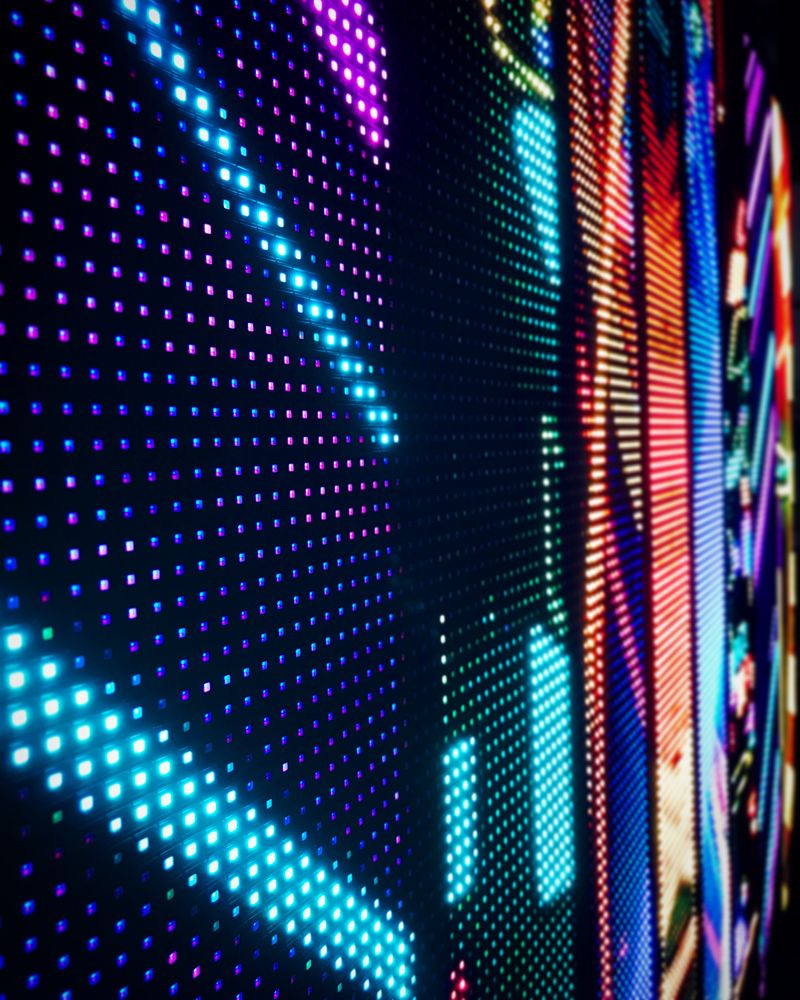Perfecting the Art of Hue Calibration for Breathtaking Imagery on LED Screens
Wiki Article
Color calibration is an essential process for achieving stunning images on light-emitting diode walls. LED walls are widely used in various settings, such as concerts, conferences, and advertising displays. These walls consist of numerous tiny LED diodes that produce pictures and footage. However, if the hues are not adjusted properly, the images can look dull or distorted. Color calibration ensures that the colors displayed on the LED screen are accurate and vibrant, enhancing the overall viewing experience.
The first phase in hue tuning is comprehending the hue spectrum. Hue space refers to the scope of hues that can be shown on a display. Various devices, such as cameras and displays, may use different color spaces. Common hue spectra include standard RGB, Adobe's RGB, and Digital Cinema Initiatives P3. Knowing which hue spectrum the light-emitting diode wall uses is crucial for accurate tuning. This knowledge helps in adjusting the colors to align the desired result, guaranteeing that the images appear as they were meant to be seen.
Next, using a hue tuning device is vital for achieving accurate results. These tools can be physical instruments or program tools designed to measure and adjust colors. A colorimeter is a popular physical device that assesses the hues shown on the light-emitting diode screen. It offers information on how the hues look compared to the reference led wall rental for parties values. By using this data, adjustments can be made to the LED wall settings, such as brightness, contrast, and hue equilibrium. This procedure assists in matching the shown hues with the intended hue benchmarks.
Another crucial factor of hue calibration is surrounding illumination evaluation. The illumination in the surroundings where the light-emitting diode screen is located can significantly affect how colors are perceived. For instance, bright ambient light can wash out colors, making them appear less vibrant. Therefore, it is essential to evaluate the lighting conditions before tuning the light-emitting diode screen. Modifications may need to be made to the screen's luminosity and differentiation configurations to counter for the ambient illumination. This ensures that the colors remain bright and faithful to their desired look.
In conclusion, routine upkeep and re-tuning are essential to maintain the light-emitting diode screen operating at its best. Over time, the colors on the LED wall may drift due to factors like aging components or changes in the environment. Regularly scheduled calibrations help to maintain color accuracy and uniformity. It is also beneficial to keep a record of calibration settings and results. This documentation can assist in identifying patterns or issues that may occur, enabling for prompt modifications. By focusing on color tuning, operators can guarantee that their light-emitting diode screens deliver stunning visuals that captivate viewers.
